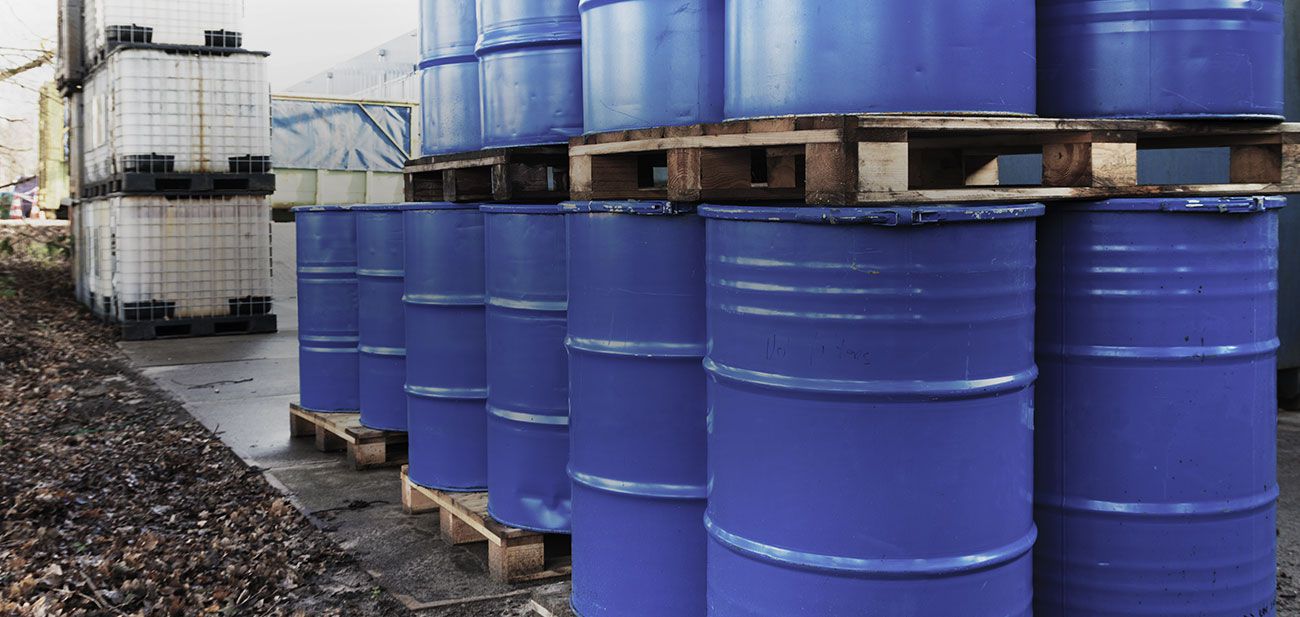I. Introduction to Environmental Impact Assessment (EIA)
What is Environmental Impact Assessment (EIA)?
Environmental Impact Assessment (EIA), a cornerstone practice for companies like G3SoilWorks, evaluates the potential environmental impacts of proposed development projects. By thoroughly examining both adverse and beneficial outcomes, EIA ensures that decisions are informed and consider public interests alongside environmental sustainability.
The Origins and Evolution of EIA
Initiated by the National Environmental Policy Act (NEPA) of 1969 in the United States, EIA has since become a global norm, adopted and refined worldwide. This evolution reflects a growing acknowledgment of human activities’ profound effects on the natural environment. Over the years, the EIA process has expanded to incorporate more rigorous environmental monitoring and assessment impact factors, helping to deepen our understanding and management of environmental changes.
The Significance of EIA in Contemporary Environmental Management
Today, EIA is indispensable in promoting sustainable development. It acts as a preemptive measure, ensuring potential environmental issues are addressed before any irreversible actions are taken. This proactive approach is essential for balancing developmental needs and environmental protection.
II. The EIA Process
Step 1: Screening and Scoping
- Criteria for EIA Requirement: Only some projects require an EIA. Typically, projects with significant potential environmental impacts—like those undertaken by large-scale industries or infrastructure sectors—are required to undergo this assessment.
- Scope of Assessment: This initial phase is crucial as it helps identify which environmental effects are significant and should be studied in detail.
Step 2: Baseline Study and Impact Prediction
- Baseline Environmental Data: Collecting data on existing environmental conditions is critical. This data serves as a benchmark to measure a project’s potential impacts.
- Impact Prediction: This step uses scientific methods to predict how the proposed project might change or affect the environment.
Step 3: Mitigation and Impact Management
- Mitigation Strategies: This phase includes developing strategies to avoid, minimize, or remedy adverse impacts.
- Management and Monitoring Plans: Creating these plans ensures that the mitigation strategies are implemented effectively and are sustainable over the project’s lifetime.
Step 4: Public Participation
- Stakeholder Involvement: It’s crucial to involve stakeholders and the public in the EIA process. This inclusion helps gather diverse perspectives and increases the broader acceptance of the project.
- Public Engagement Methods: Public hearings, workshops, and consultations are just a few ways to ensure community input is considered.
Step 5: Decision Making
- Influence of Environmental Impact Assessment Reports: These reports are pivotal in decision-making, significantly influencing whether projects proceed and under what conditions.
- Regulatory Frameworks: Supported by legislation and regulatory frameworks, the EIA process guides comprehensive assessment and responsible decision-making.

III. Environmental Mitigation Strategies
Overview of Common Measures
- Establishing Buffer Zones: Buffer zones serve as protective barriers, often vegetated areas between a potential source of pollutants and sensitive ecosystems. These zones help filter out pollutants, provide habitat for wildlife, and reduce the impact of noise and visual intrusion.
- Employing Pollution Controls: Implementing advanced pollution control technologies, such as effluent treatment facilities and air filtration systems, is crucial in minimizing the environmental footprint of industrial activities. These technologies help capture and reduce emissions before they harm the environment.
- Habitat Restoration: Restoring ecosystems that have been degraded or destroyed is vital in bringing back biodiversity and ecological balance. Techniques may include reforestation, wetland reconstruction, and reintroduction of native species to rebuild habitats and ensure long-term sustainability.
Innovative Approaches
- Geographic Information Systems (GIS) for Planning: GIS is a powerful tool for analyzing environmental data geographically. This technology allows planners to simulate various developmental scenarios and visualize their potential impacts on the environment, which helps in making more informed decisions.
- Nature-based Solutions for Restoration: These involve using natural processes to address environmental challenges. Examples include creating green roofs, constructing wetlands for wastewater treatment, and using floodplains for stormwater management. These solutions not only mitigate environmental impacts but also enhance ecosystem resilience.
Role of Technology and Research
- Ongoing Research: Constant scientific research is crucial in understanding complex environmental interactions and the effects of human activities. Research outcomes guide the development of more effective mitigation strategies and inform regulatory practices.
- Advancement of Technology: Emerging technologies, such as drone monitoring, precision farming, and bioengineering, are critical in improving how environmental impacts are assessed and managed. These technologies offer more efficient, cost-effective, and precise methods to monitor and mitigate environmental impacts over time.
IV. The Future of EIA and Environmental Mitigation
Emerging Trends
- Digital Tools in EIA Processes: Integrating digital tools such as artificial intelligence and machine learning in environmental impact assessment processes can greatly enhance the speed and accuracy of data analysis. Digital EIAs allow for dynamic modeling of environmental systems and real-time impact assessment, which can significantly improve decision-making processes.
- Strategic Environmental Assessments: Unlike project-specific EIAs, strategic environmental assessments (SEAs) apply a broader approach by incorporating environmental considerations into policies, plans, and programs. SEAs are increasingly being used to ensure sustainable development at regional and national levels.
Climate Change Considerations
- Comprehensive Climate Analyses: Modern EIAs increasingly focus on integrating climate change variables, such as greenhouse gas emissions and climate variability. Assessments now often include climate resilience evaluations to ensure that projects will be sustainable under changing climatic conditions and do not exacerbate climate-related issues.
Policy and Practice Enhancements
- Continuous Policy Improvement: The legal frameworks and policies governing EIAs continually evolve to incorporate the latest scientific findings and technological advancements. This ongoing refinement helps ensure that environmental assessments remain robust and effective.
- Best Practices Development: Establishing and promoting best practices in EIA processes is critical to enhancing the effectiveness and efficiency of environmental mitigation. These practices are often shared through international forums and guidebooks, helping to standardize high-quality environmental management worldwide.
Together, these expanded sections provide a comprehensive look at the tools and strategies employed to ensure that EIAs effectively guide development projects toward sustainability, considering both current needs and future challenges.

V. Conclusion
Environmental Impact Assessment is more than a regulatory requirement—it is a fundamental practice ensuring sustainable and environmentally responsible development. At G3SoilWorks, we recognize the crucial role of EIA in environmental management. Engaging with all stakeholders and constantly seeking innovative solutions in environmental management are steps that everyone involved in EIAs should strive for. Let’s continue to embrace these practices for a greener, more sustainable future. Call us at +1 714-668-5600 for more information.
FAQs
FAQ 1: What are the key benefits of involving the public in the EIA process?
Answer: Involving the public in the Environmental Impact Assessment (EIA) process enhances transparency and trust. It ensures that community concerns and insights are considered, leading to more socially acceptable and sustainable outcomes. Public participation can also provide additional local knowledge that might be overlooked in a purely technical assessment.
FAQ 2: How do mitigation strategies in EIAs contribute to biodiversity conservation?
Answer: Mitigation strategies in EIAs, such as habitat restoration and establishing buffer zones, play a critical role in biodiversity conservation. These strategies help restore and preserve natural habitats, maintain ecological balance, and ensure the survival of various species by providing them with stable, uncontaminated environments.
FAQ 3: What is the significance of GIS in environmental planning and impact assessments?
Answer: Geographic Information Systems (GIS) are vital in environmental planning and impact assessments because they provide a spatial analysis tool that helps planners visualize, analyze, and model environmental data. This capability is crucial for assessing projects’ potential impacts, planning mitigation measures, and ensuring that developments are appropriately sited to minimize ecological damage.


